How to make a tiny apartment feel bigger - 14 expert tips to make the most of your small space
A few clever tricks for how to make a tiny apartment feel bigger mean you make a lot out of a little, and find a space and place for everything
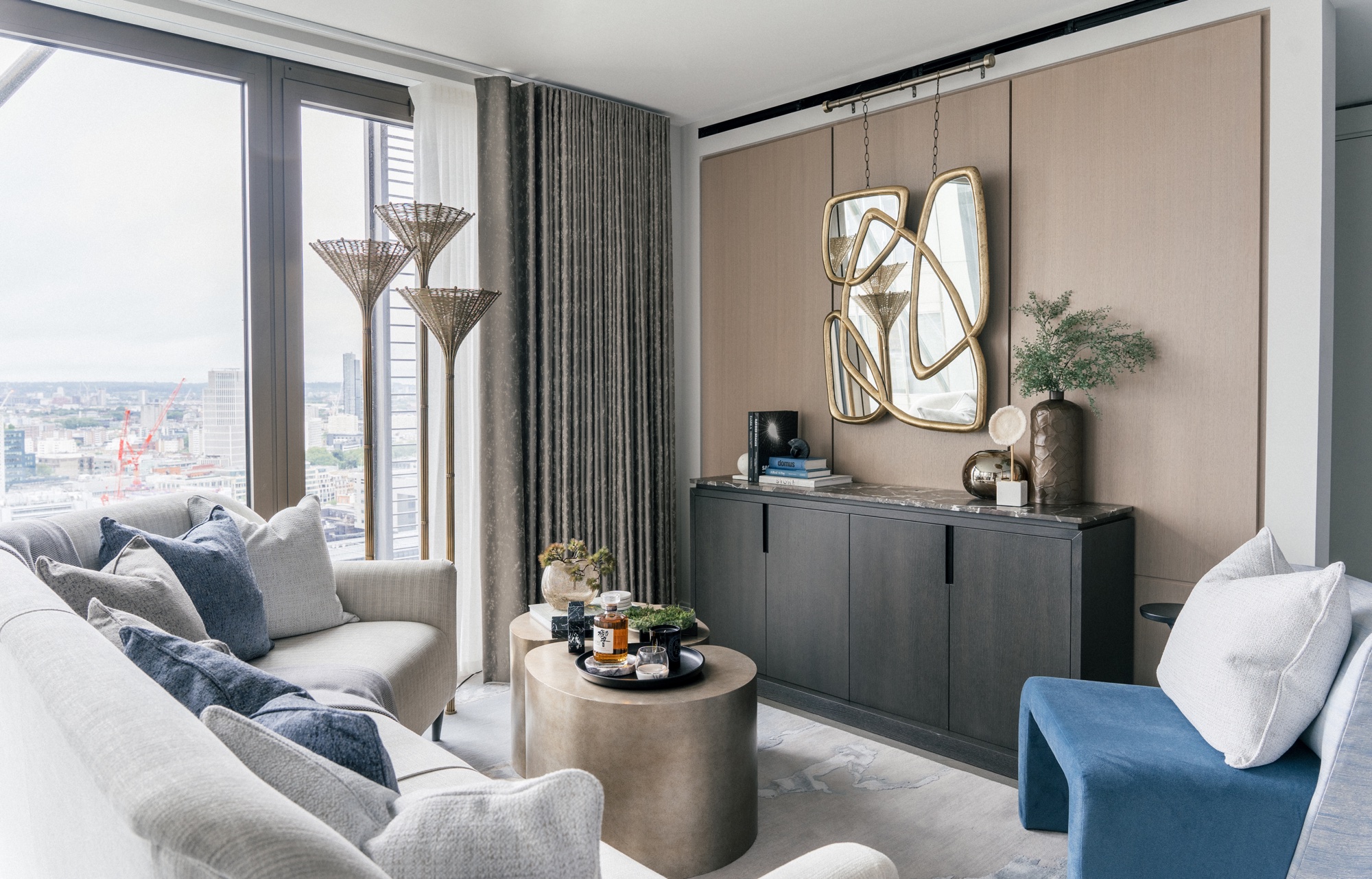
By learning how to make a tiny apartment feel bigger, you can create a relaxing sanctuary that makes the most of the space you do have. And you don't have to compromise on style to achieve a more capacious feel to your home.
One of the main elements to consider when decorating an apartment is to ensure a clutter-free space. Ann Marie Cousins, of AMC Design, says it's all about 'storage, storage, storage!' She continues: 'A key thing to remember with apartments is to utilize all the space you have and keep it clutter-free to allow more of a flow throughout the space.'
Yet there are other tricks to make the light go further, the rooms feel bigger, and the whole apartment feel more roomy. It's just about getting the decor exactly right.
How to make a tiny apartment feel bigger
1. Choose a wall-hung or slim-leg vanity in a small bathroom

Bijou bathroom? Make a small bathroom look bigger with wall-hung or slim-leg furniture that opens up the floor space, making it feel more 'roomy'.
Irene Gunter, founder of design studio Gunter & Co, says: 'To make a small bathroom look bigger, choose a wall-hung vanity or one that has slim legs, as creating more visible floor opens up a room and gives the illusion of more space. For the same reason, I would also always recommend a wall-hung WC for a small apartment bathroom.'
You can also apply this interior design rule to the furniture and sofas in your living room.
2. Use one color to paint the whole room
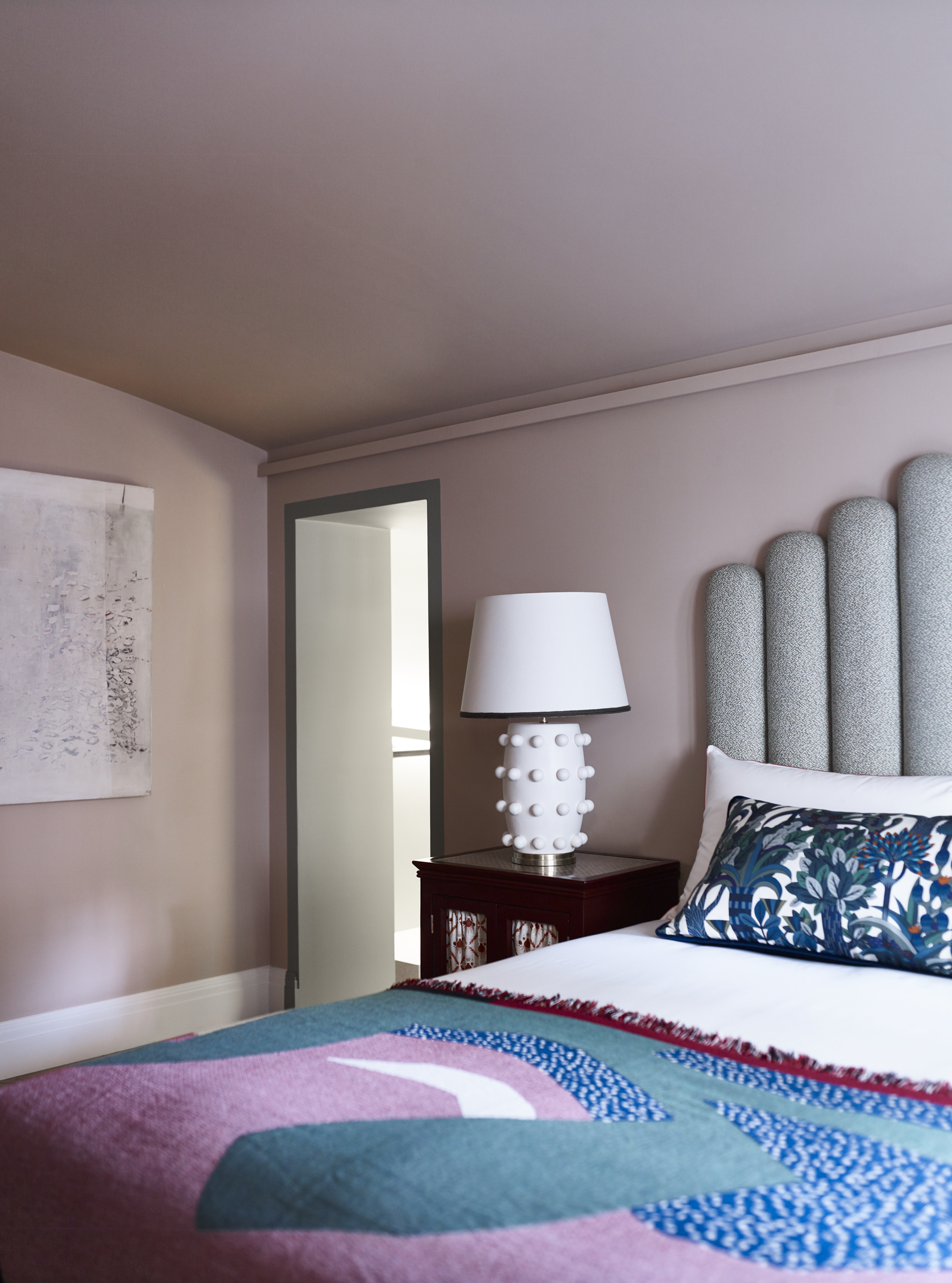
While color drenching is one of the biggest interior design trends of the moment, you don't have to miss out if you live in a small apartment. 'Painting skirting boards and window frames to match the wall color is a simple but stylish touch for the living room,' says Justyna Korzynska, senior designer at Crown.
'Not only does this create a contemporary, monochromatic look, but it is also an easy way of creating the illusion of bigger walls, making the room as a whole appear more spacious.'
Irene Gunter agrees, adding that using one color in a space will open it up.
She says: 'In a small room, a bright white ceiling will draw attention to the line where the walls stop and the ceiling starts, therefore emphasizing the size of your space.
'An easy solution is to use the same color on the walls, woodwork and ceiling. This instantly makes a space feel more unified.
'Plus, by eliminating color contrasts that distract the eye, you can make a space look and feel bigger.'
3. Use stripes to elongate a small or open-plan hallway space
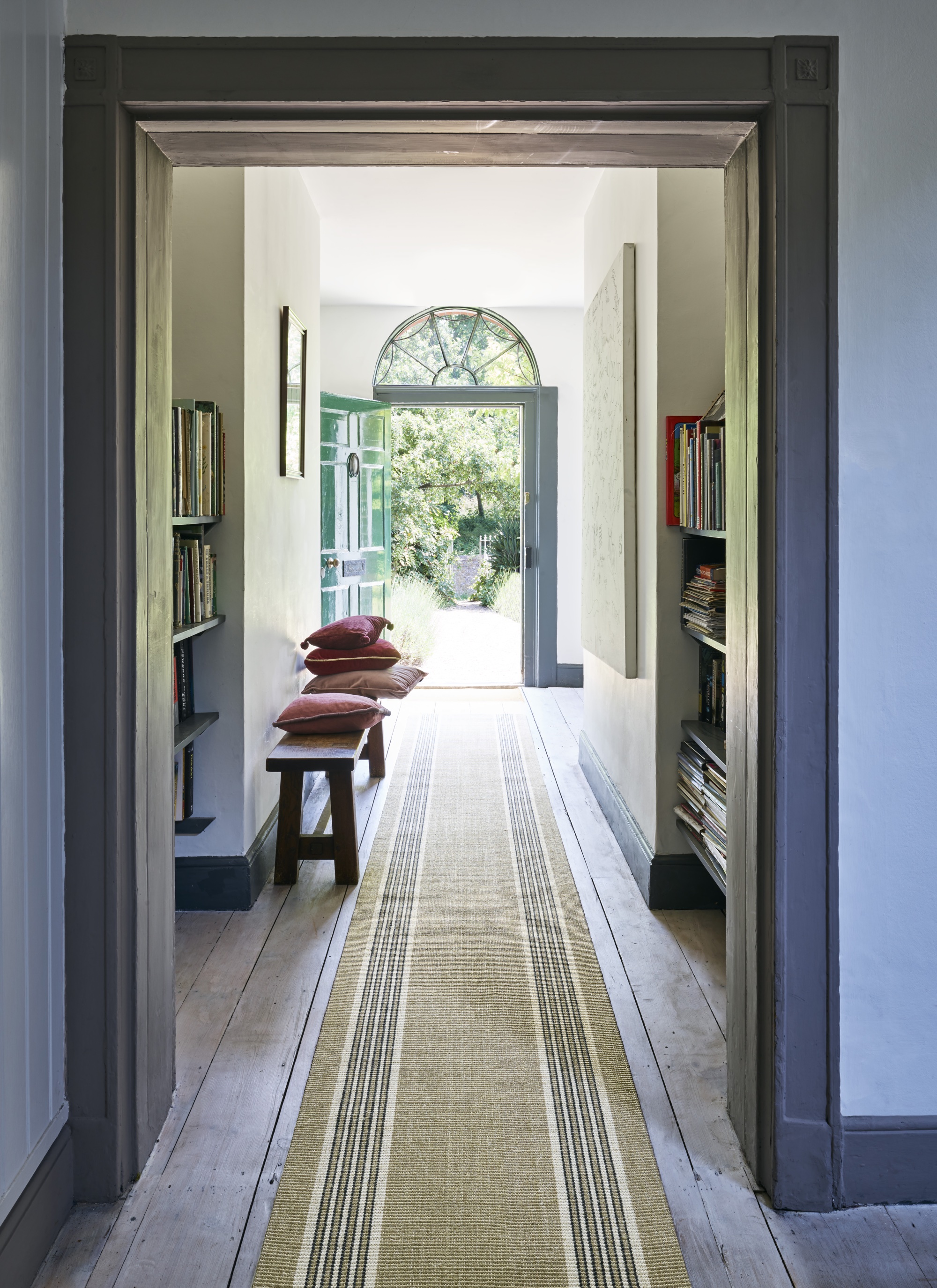
Light colors and stripes are particularly effective as narrow hallway ideas. Soft, pale-colored flooring brightens up a small area, creates the illusion of space and gives a light, airy look.
'Stripes add visual interest to the floor and for those tight on space,' says Jon Flannigan, Product Manager at Kersaint Cobb. 'It's worth remembering that linear stripes can help to enlarge the appearance of a room, this is especially effective in hallways as the stripe draws the eye along the design and thus appears to elongate the area.'
Even for apartment entryways, be bold with pattern! 'Striped flooring is also ideal in a busy household in areas such as the hallway and stairs, which get heavily used as it will withstand the effects of dirt and wear better than plain and flat single color flooring.'
4. Utilize reflective bespoke storage solutions where possible
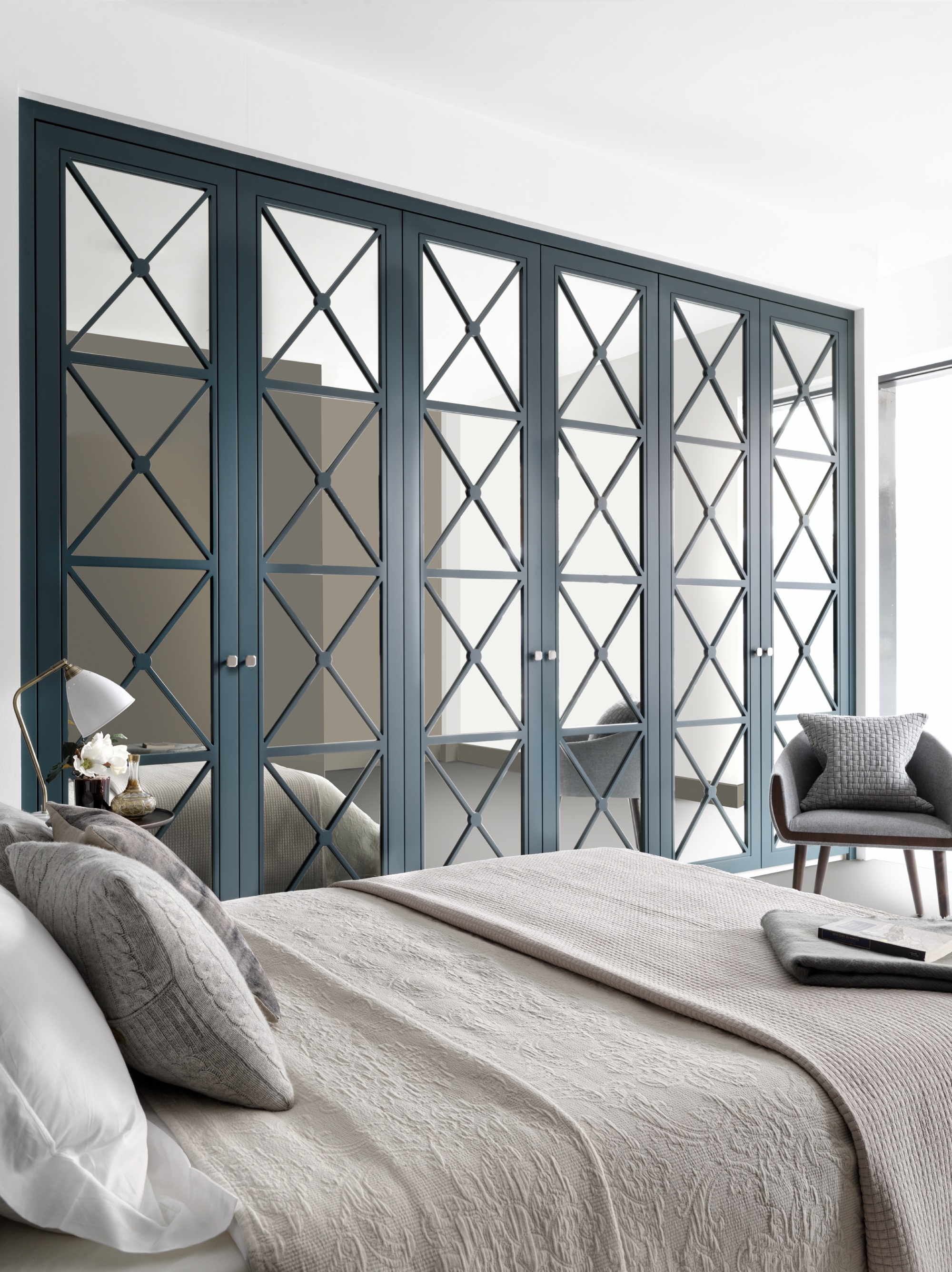
It might stretch the budget a little, but bespoke storage solutions are a brilliant small apartment organization idea that will help keep your space clutter-free and, in doing so, help it to feel bigger.
It's also a good idea to use light-reflecting finishes or mirrors on your customized storage solutions to help the room feel larger still.
Philipp Nagel, Director of Neatsmith, says: 'When designing small bedroom ideas or dressing rooms, it’s important to think about lighting and light-reflecting surfaces to make a windowless or smaller room come to life, making it a beautiful place to spend time in. Including warm recessed LEDs, mirrored door designs and decorative glass finishes helps to maximize light and a sense of space within the room.'
5. Be clever with mirrors
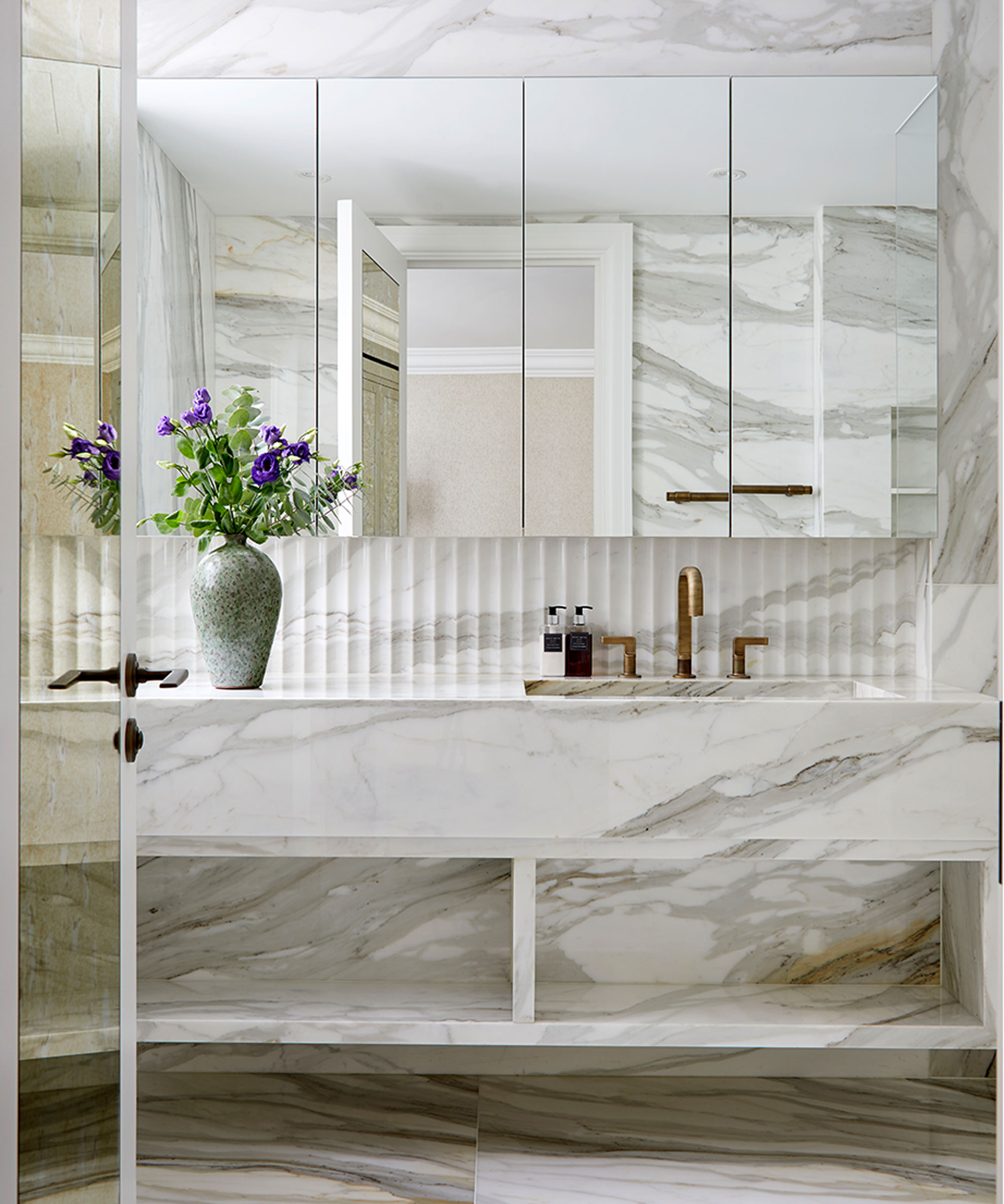
A popular design technique with smaller homes is to try and make it feel as open plan and light as possible. A great way to do this is by incorporating reflective surfaces like a mirror.
'Whether small or large, a mirror will bounce light around a room giving it the feeling of additional space and creating an optical illusion,' says Abbie Ireland, Director, Patrick Ireland Frames.
'A great example for a room that doesn’t have a window is to opt for a mirror in the style of a window to add detail to the space. This is ideal for rooms like a downstairs bathroom or utility room.'
Becky Dix, Head of Design at The Luxury Bath Company , adds: 'Mirrors are essential to make a space feel larger than it is. Whatever mirror you choose, ensure it is anti-steam for a good small bathroom idea. In a space where steam will inevitably be an issue, help your bathroom to remain functional whatever else is going on.'
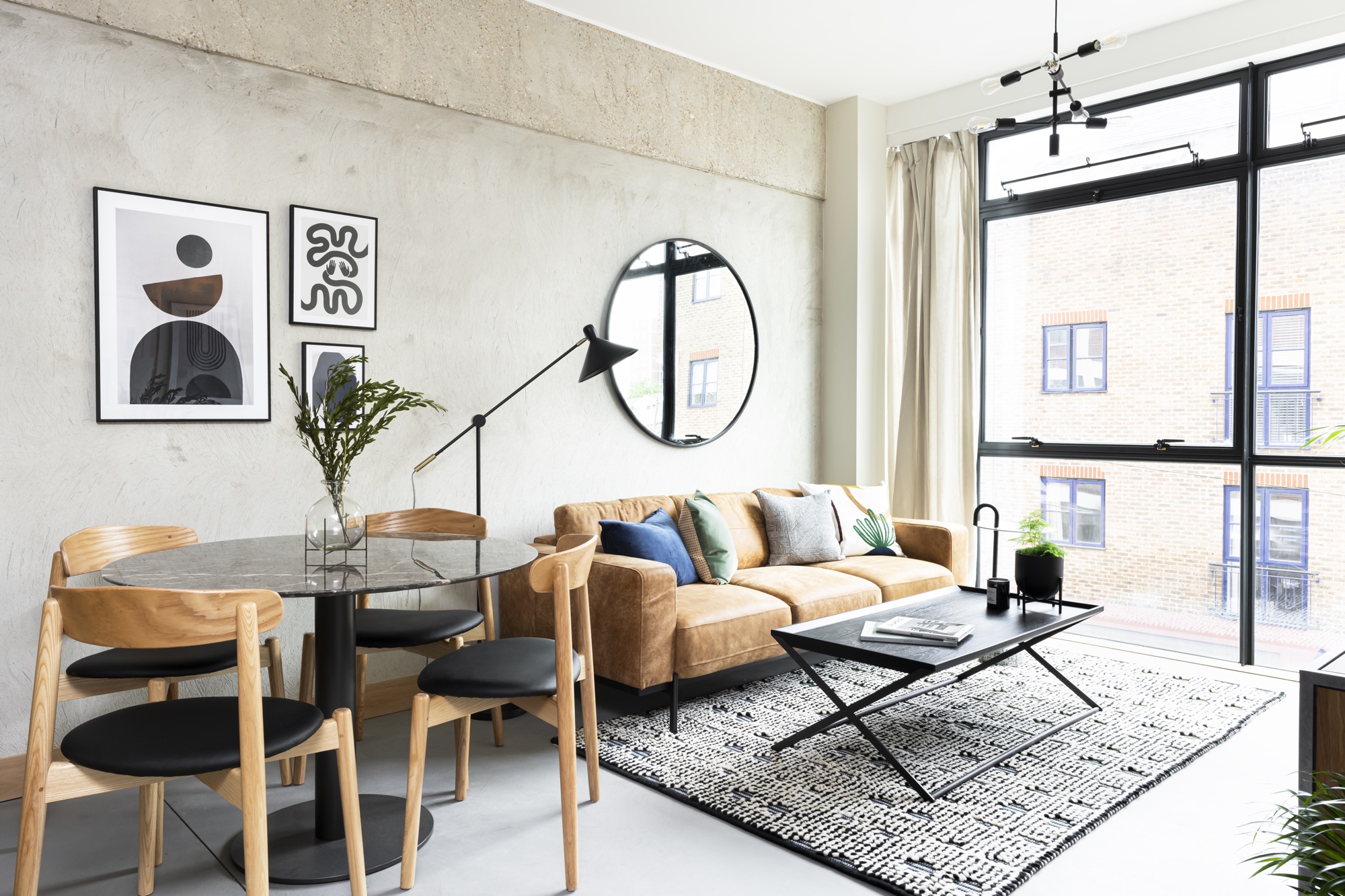
Irene Gunter says mirrors are essential for bringing the feeling of space to a small area.
She comments: 'Mirrors are a marvellous way to enhance a sense of space. For example, hanging a large mirror next to a window reflects natural light, which makes a bijou room look bigger and brighter.
'Or, combat the corridor feel of a small, narrow bathroom by mirroring the wall on one side. Alternatively, install a series of large oversized mirrors along one wall.'
Her top tips? 'When thinking about where to hang a mirror, carefully consider what it will be reflecting – the more beautiful, the better! Where possible, I like to reflect a garden. It’s a wonderful way to bring the outside, in.
'Also, don’t be tempted to skimp on the size of your mirror. So often, the tendency is to go too small.
'And finally, less is more in a small space. A single mirror is more effective than a grouping of small mirrors.'
6. Keep surfaces clutter-free and minimalistic
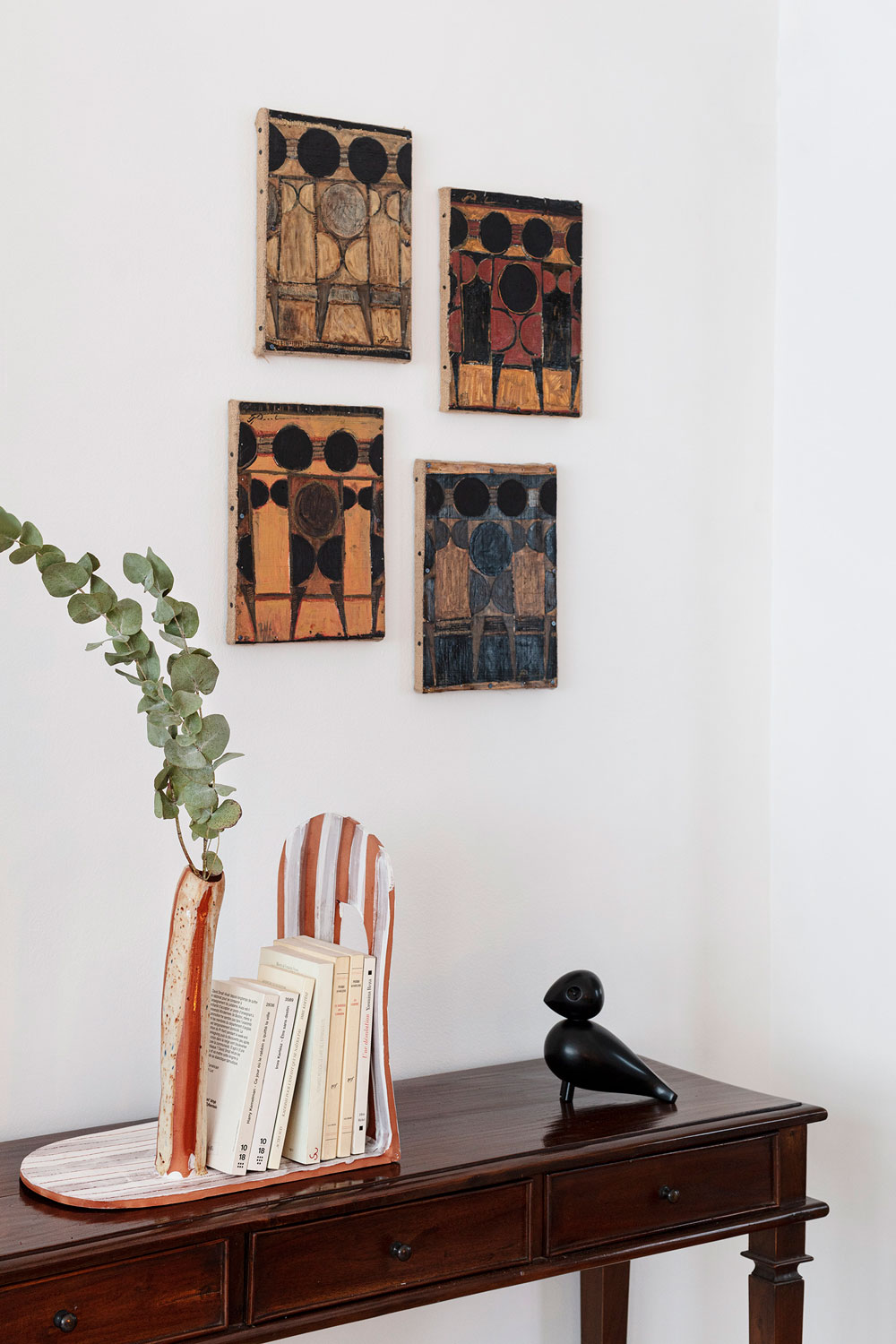
It can be tempting to fill every space with personal items like photos but, if possible, try to refrain from doing this in a small space - it will only leave it feeling cluttered. Our guide for how to organize your home in 30 days will help you if you struggle with this.
Juliette Thomas, Director and Founder, Juliettes Interiors, suggests: 'Try not to clutter your surfaces. It’s easy to pop artwork and photographs on shelves and drawers, for example, but try to keep them clear for a more spacious feeling.
'Hang art on the walls and store away any products on the surfaces in drawers to keep it tidy.'
7. Incorporate soft textures for an airy feeling
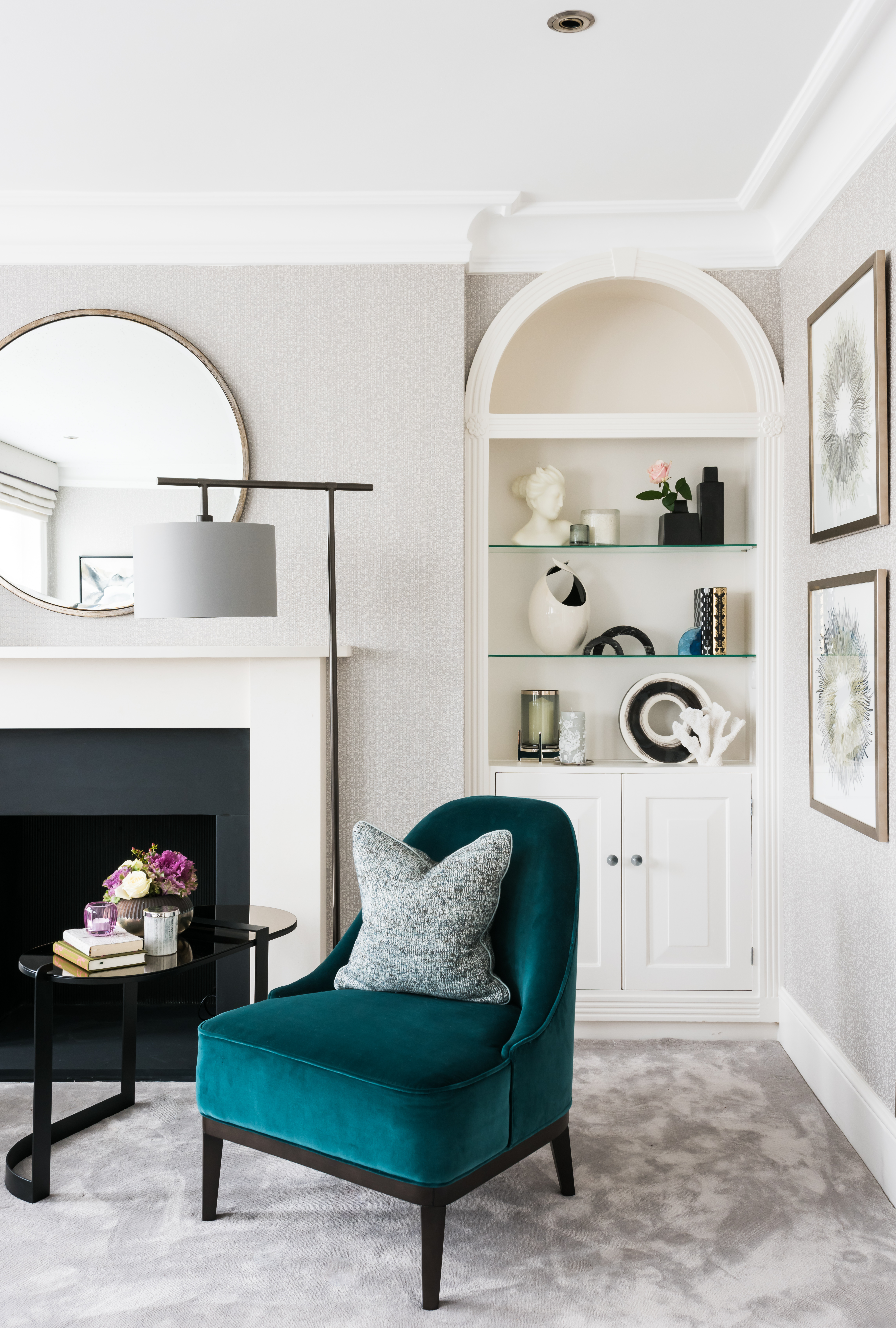
Small apartment ideas should offer solutions for creating an airy space and, along with keeping things open, clutter-free and light-filled, using soft, sumptuous textures can help add to the airiness of the space.
Poppy Peace, Creative Director, Milc Interiors, says: 'When designing for small apartments it’s important to create a space that feels open and bright.
'Use a variety of colors to create points of interest and soft textures to a feeling of airiness.'
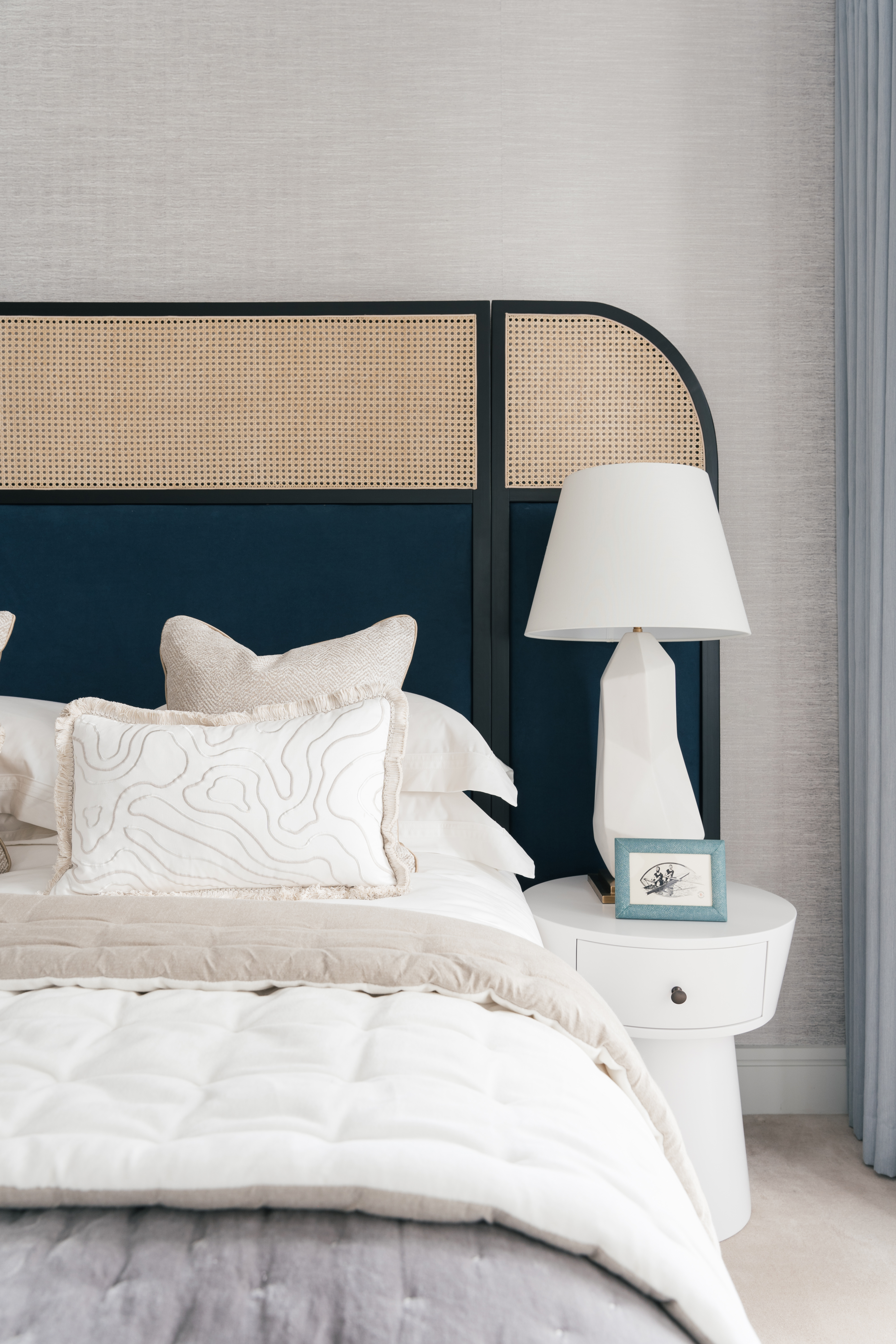
Wayfair’s Resident Style Advisor, Nadia McCowan Hill adds: 'Keeping a space neutral will help to avoid it feeling cluttered. However, this doesn't just have to mean a plain white box, as that can feel a little sterile.
'Mix cool palettes of cream, soft stone and linen white, using various textures to add interest and a sense of coziness. Faux furs, pale wood and bamboo work well together to create a calm home haven.'
8. Give the illusion of height with vertical panelling
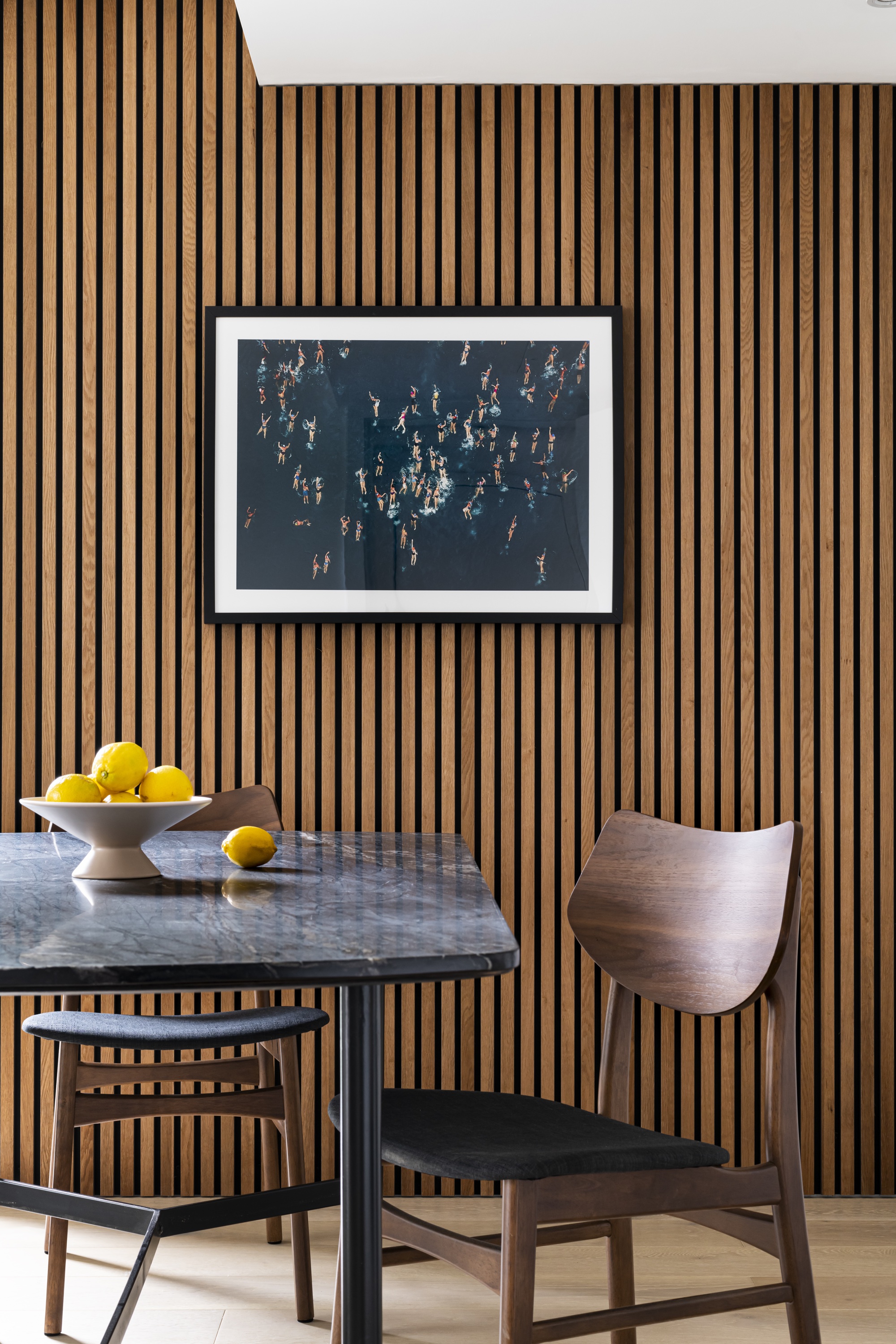
Paneling is an easy way to add texture, depth and interest to the walls - as well as height.
Jen & Mar, Co-Founders of design studio Interior Fox, comment: 'Great for all types of properties, especially new builds as it really helps to add character and interest when architectural features are minimal. This technique is ideal for small rooms when used vertically, as it makes the walls appear taller.'
9. Zone the space
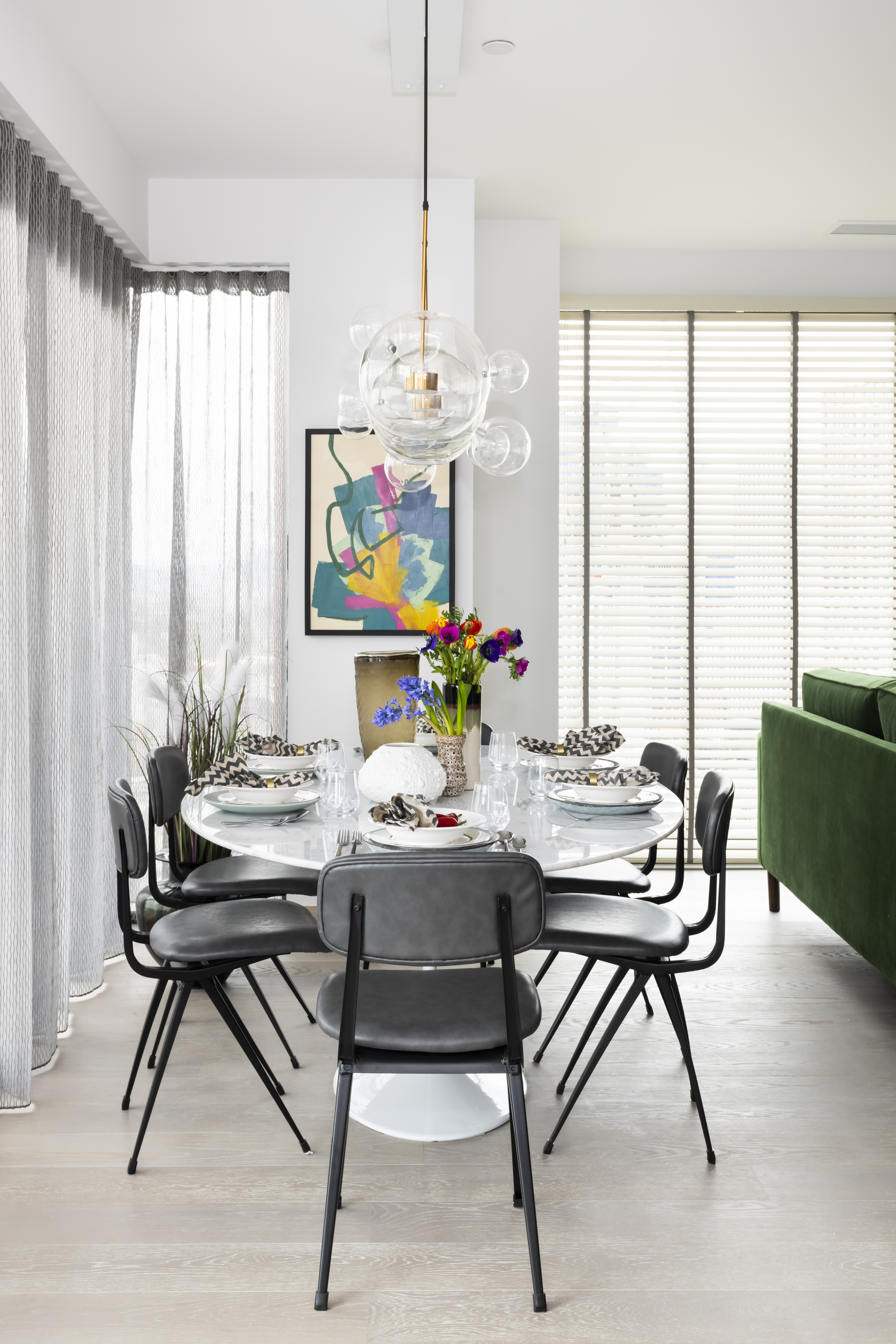
If you live in a studio apartment or open-plan space, zoning is a great way to create 'rooms' to offer you different areas for varying functions.
'The best way to make the space feel larger is to zone the different areas,' say Jen & Mar, Co-Founders of Interior Fox. 'There are a few ways to do this, from the furniture, textured rugs or even art or painted walls.'
In the beautiful space designed by Milc Interiors above, the open-plan apartment is zoned into a living and dining area. The dining space is delineated by the furniture itself as well as the low-hanging pendant over the table and the colorful artwork, which all work together to create a chic 'entertaining' area that's separate from the lounging space.
10. Introduce a large area rug
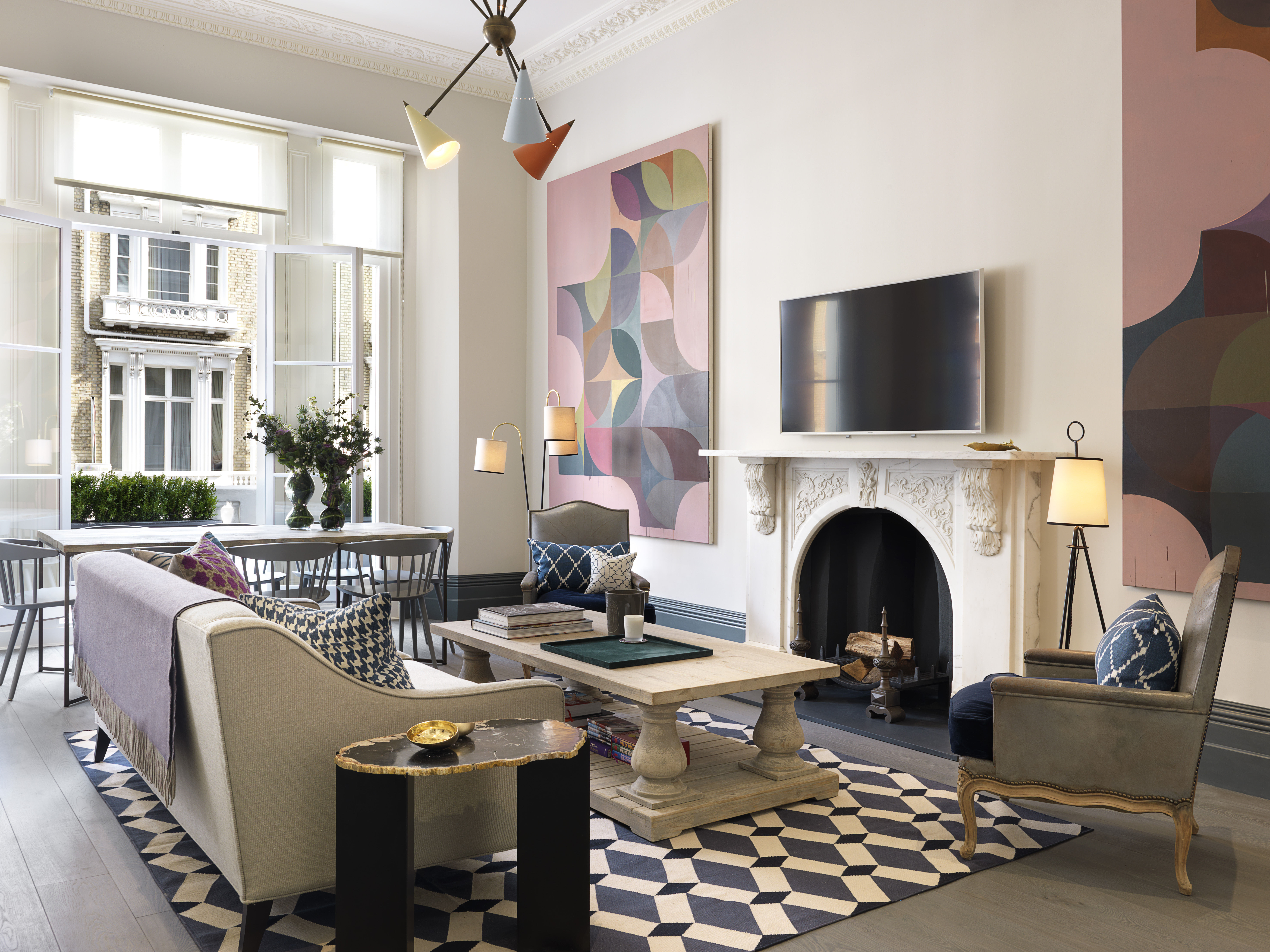
When it comes to rugs, go big or go home, says Kellie Burke, Owner of Kellie Burke Interiors.
She comments: 'I love using big rugs to set the scene for a space. The bigger the rug, the larger the room and entertaining area feels.
'Layered rug looks can also add more interest to a small space. A large sisal rug could help create the parameters of the space, and a well-placed focal point rug like a zebra or antique oushak sets the stage for pattern or color.'
Living room rugs can also help zone the space when used strategically.
11. Don't be afraid of adding color
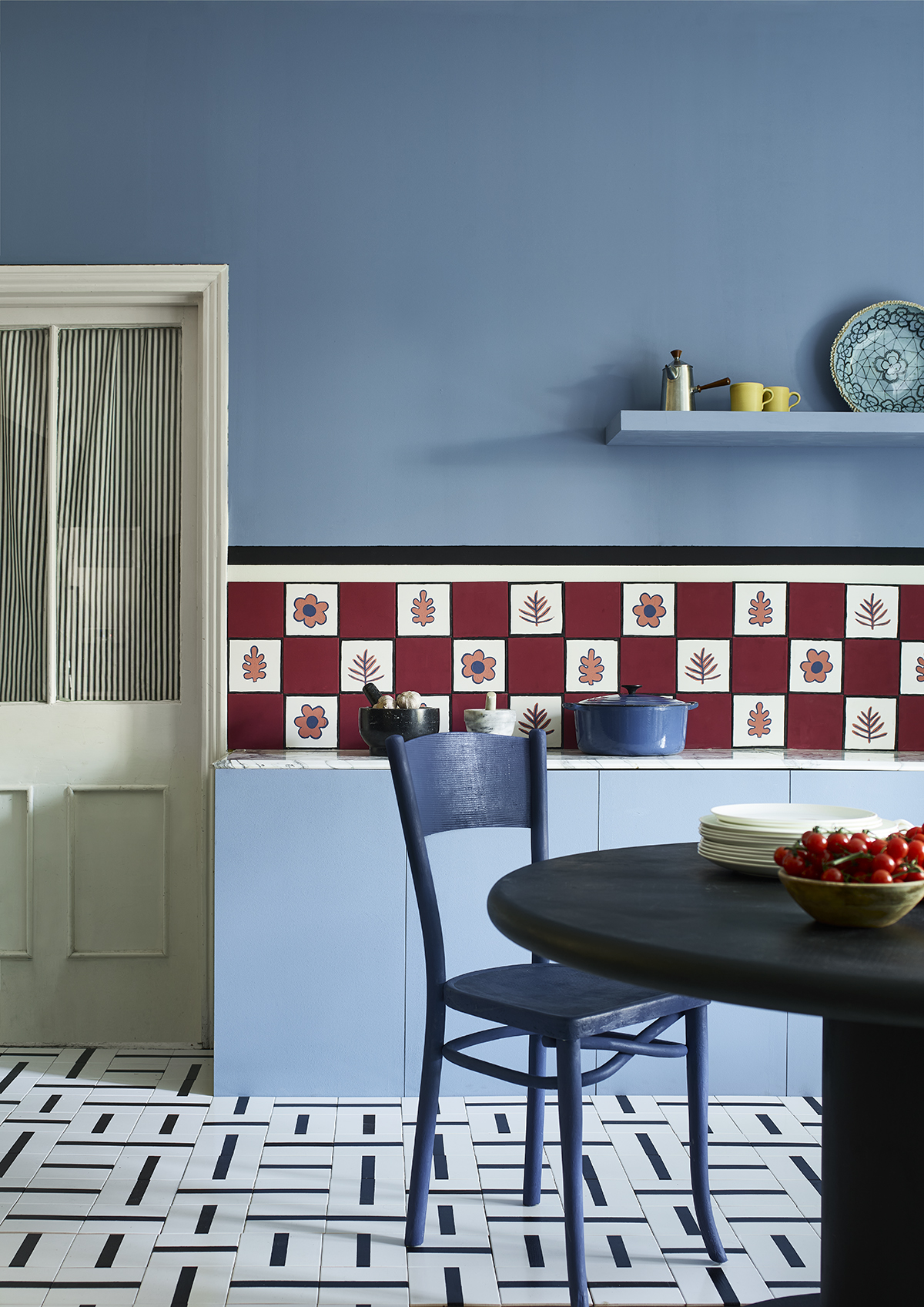
While it's true that lighter colors will work to make a space feel bigger (you can't go wrong with white), darker colors can also work well as a small apartment idea.
'Blue is the best colour for making a space feel bigger,' says Annie Sloan. 'It’s recessive, which means it draws the eye outwards, blurs horizon lines and gives a sense of never-ending space.'
Helen Shaw, of Benjamin Moore, agrees that color is a good idea, commenting: 'Some fear that adding a deep or bright color to a small space will make it appear claustrophobic, opting instead for light neutrals to keep the space open.
'However, dark colors cleverly absorb the light of a space, making the division between walls appear blurred. This ‘blurred edges’ effect adds depth and dimension to a room, making the space appear larger, rather than more cramped as some may fear.'
12. Use multifunctional furniture to keep organized
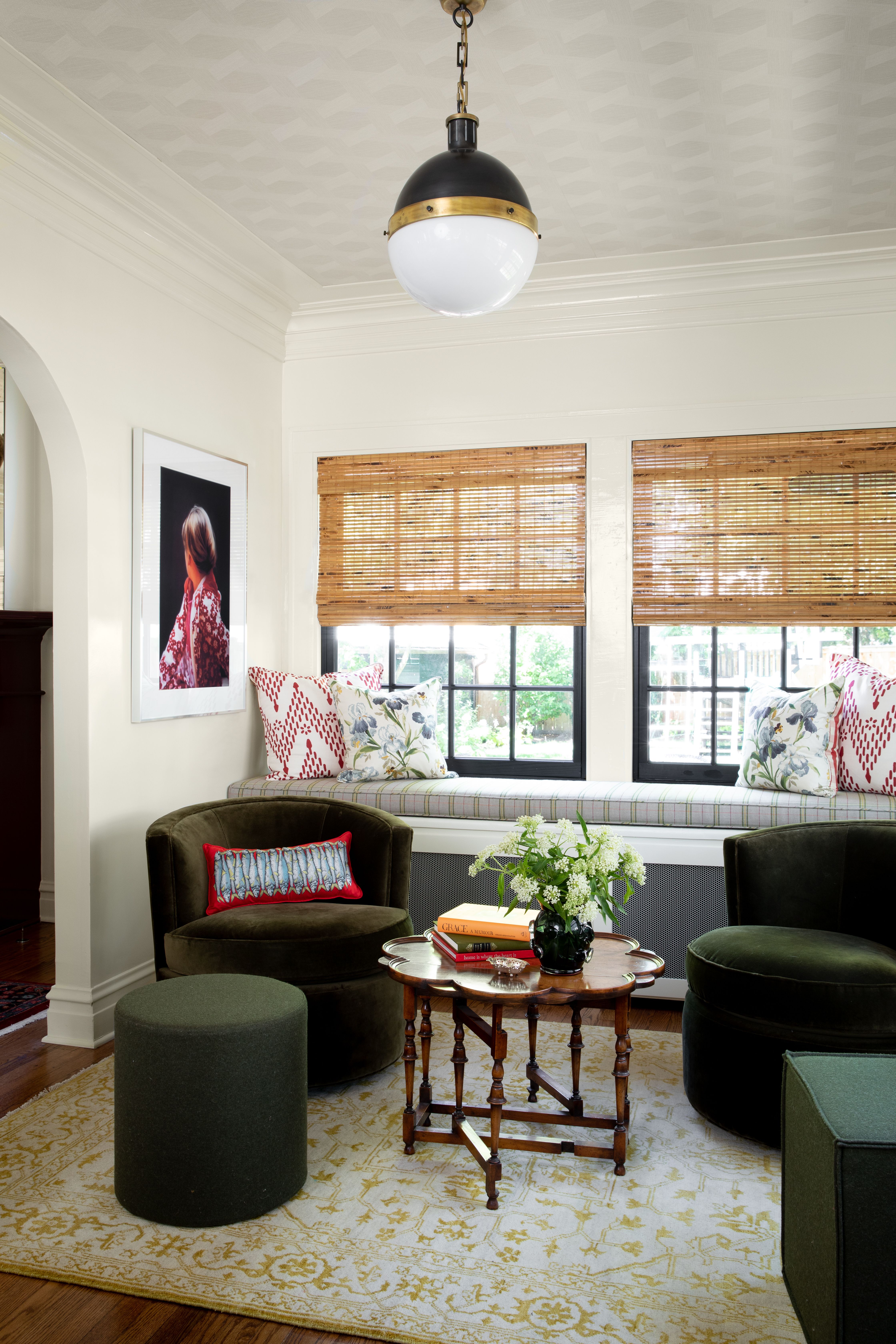
When designing a space, especially those in a studio apartment or spaces with compact configuration, it’s important to really think about the function as well as the form of the room and each piece of furniture. In short, they need to work doubly hard, acting as storage to keep things tidy as well as functional design pieces.
Mark McDonnell, Head of Design at David Phillips, says: 'In a living room for example, choose multi-functional pieces that not only look good but serve a purpose such as a TV unit with a rotating screen, with the addition of useful storage underneath, or a footstool or coffee table that lifts up to reveal more storage inside.'
Window seats are also a brilliant small apartment organization idea, as they double up as extra seating, as well as extra storage.
Storage is key when it is at a premium, so also consider ottoman or divan beds with a feature headboard to produce style without compromising on function.
13. Install a flush mount ceiling pendant
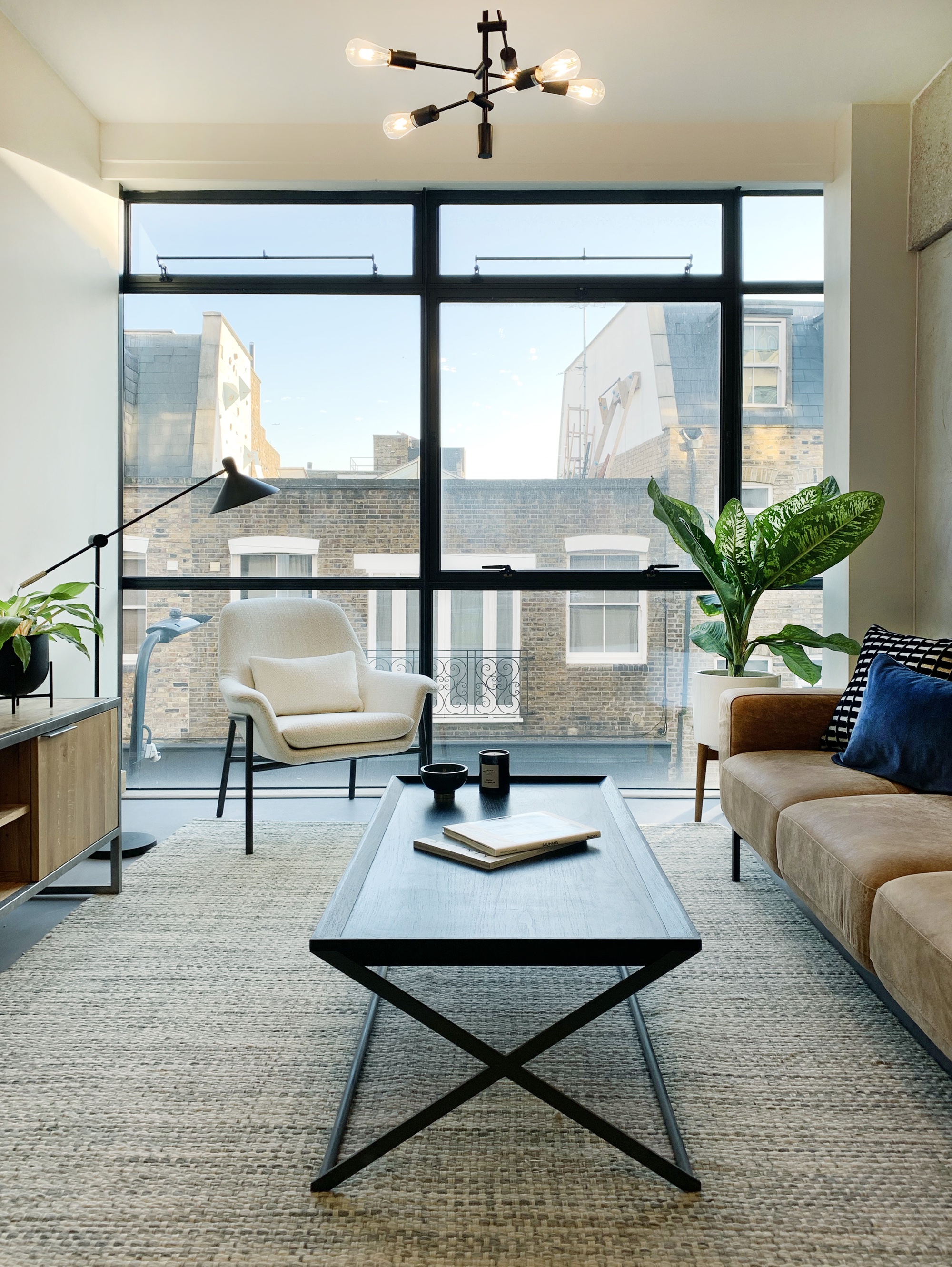
While statement chandeliers can certainly make a statement in small living room lighting ideas, a flush mount ceiling light can draw the eye up, working to make the room seem higher.
'If you have low ceilings, adding a gorgeous flush mount fixture instead of a chandelier can help the room seem taller,' says Lauren Lerner, Founder + Principal Designer of Living with Lolo. 'If you do opt for a chandelier, 30” is usually a good size. Layering lighting can be great to add more dimension to a small space, too.'
Niki Wright, founder of lights&lamps, agrees that lighting can alter our perception of space.
He says: 'Lighting can highlight other design elements within the space, it can make a room appear bigger if positioned correctly, it can even change the feeling of temperature in a room.
'But also with the use of interesting materials or exaggerated scale it can make a statement in its own right.'
14. Put stylish partitions or room dividers in place
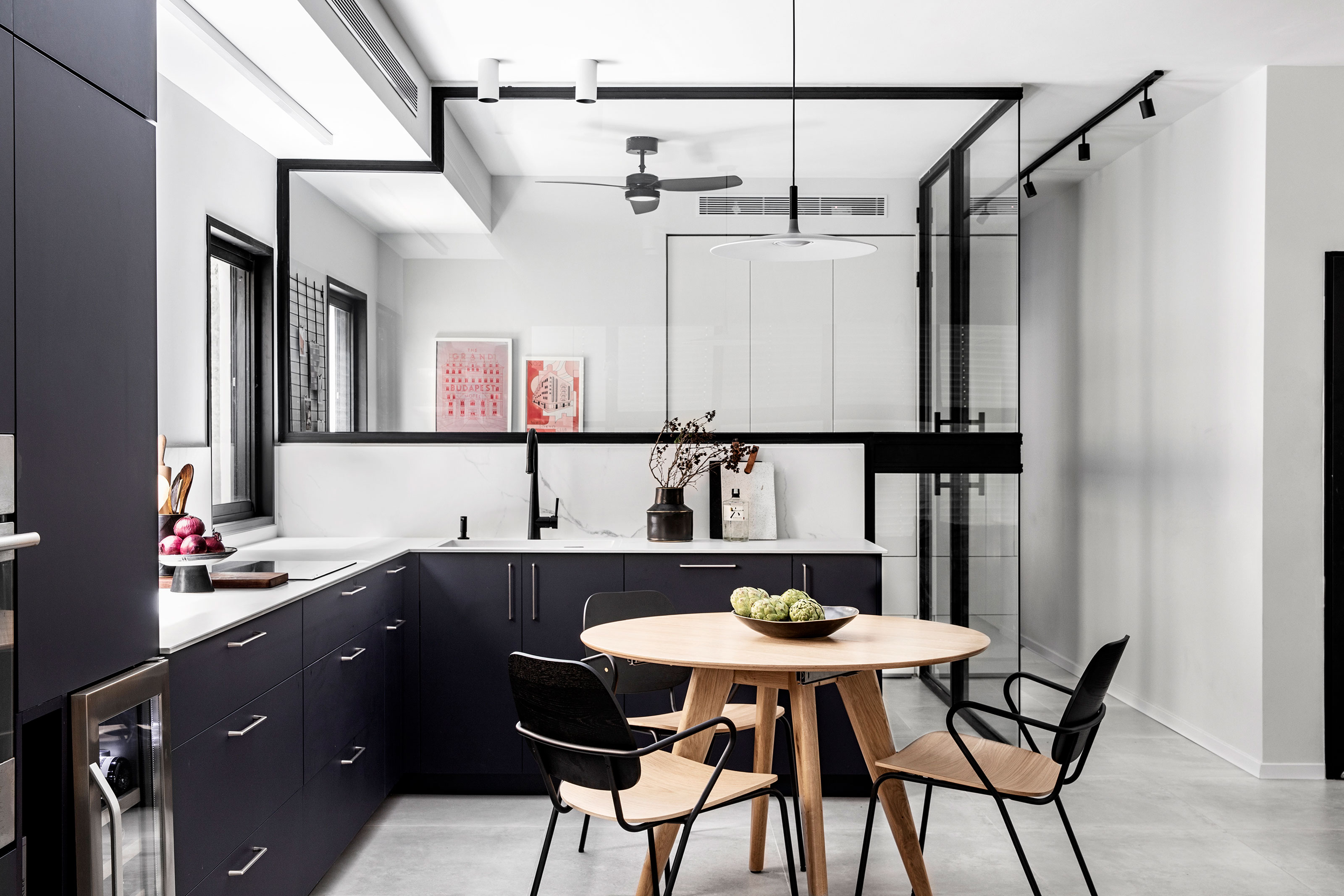
If you live in a studio apartment or tiny apartment, you'll want to create privacy without closing off the space.
Glass partitions are a clever way to zone the space while keeping things bright, while a stylish room divider can offer privacy and extra storage, as well as being a design piece in its own right.
Whether it's dividing a kitchen from a utility space, or a bedroom from a living space, partitions and dividers can help tiny apartment feel bigger by not closing off any areas completely.
Be The First To Know
The Livingetc newsletters are your inside source for what’s shaping interiors now - and what’s next. Discover trend forecasts, smart style ideas, and curated shopping inspiration that brings design to life. Subscribe today and stay ahead of the curve.
Ruth Doherty is a lifestyle journalist based in London. An experienced freelance digital writer and editor, she is known for covering everything from travel and interiors to fashion and beauty. She regularly contributes to Livingetc, Ideal Home and Homes & Gardens, as well as titles like Prima and Red. Outside of work, her biggest loves are endless cups of tea, almond croissants, shopping for clothes she doesn’t need, and booking holidays she does.
-
 The 'New British' Style? This Victorian London Home Embraces Its Owners' Global Background
The 'New British' Style? This Victorian London Home Embraces Its Owners' Global BackgroundWarm timber details, confident color pops, and an uninterrupted connection to the garden are the hallmarks of this relaxed yet design-forward family home
By Emma J Page
-
 Muji Living Room Ideas — 5 Ways to Harness The Calming Qualities of This Japanese Design Style
Muji Living Room Ideas — 5 Ways to Harness The Calming Qualities of This Japanese Design StyleInspired by Japanese "zen" principles, Muji living rooms are all about cultivating a calming, tranquil space that nourishes the soul
By Lilith Hudson